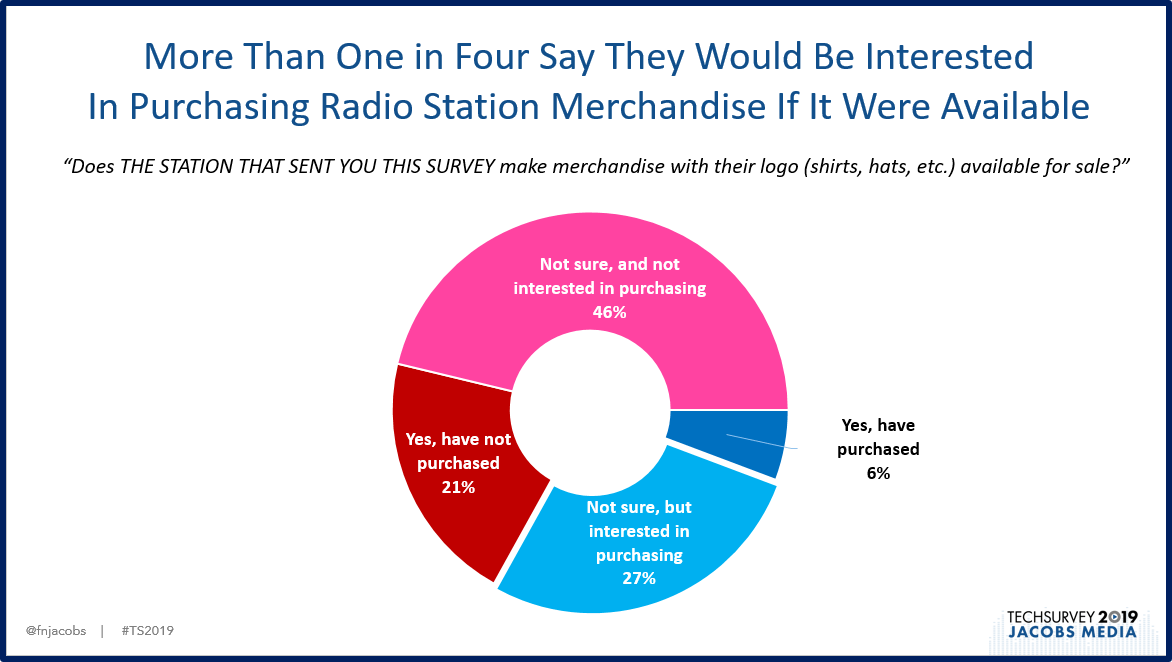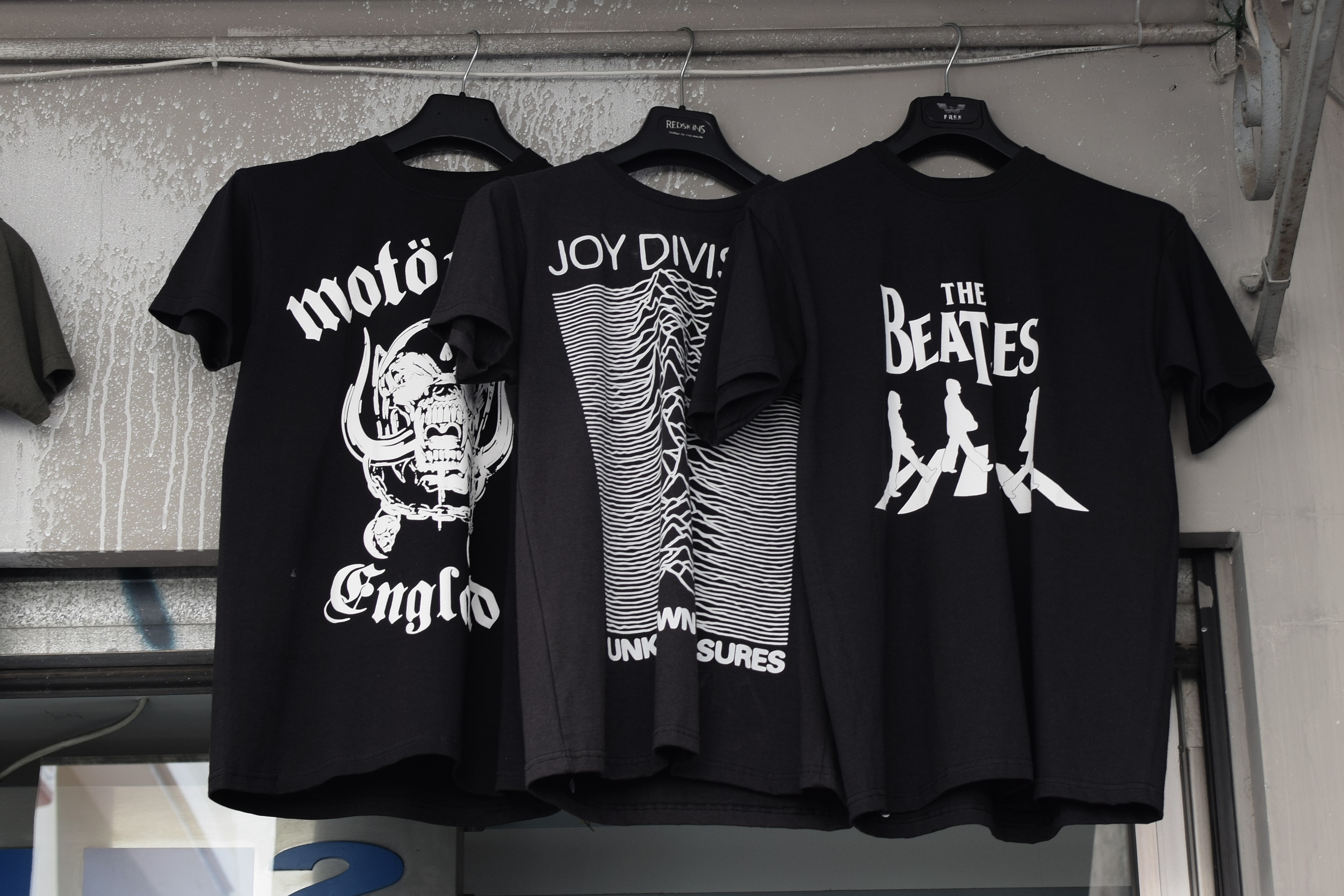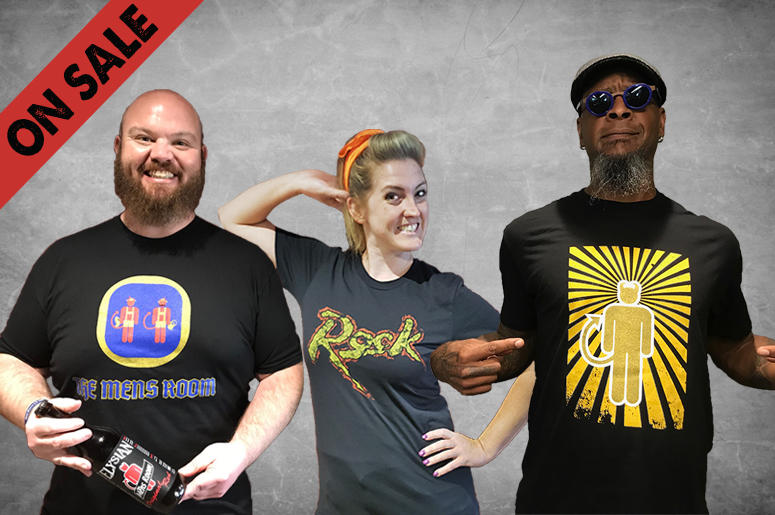
Yesterday, Google celebrated the 30th anniversary of the Internet. On the one hand, it seems like the world wide web has been with us forever, thanks to ubiquitous gadgets like laptops and smartphones. On the other, many of us vividly remember the days when we weren’t connected, when we forgot birthdays, got lost while driving, and were bored in the dentist office waiting room.
The same thing is true in radio, especially if you’ve been around for a while, like pre-1996 when the Telecommunications Act went into effect. That’s when the handcuffs came off radio’s owners, and consolidation as we know it today began to change the course of the industry.
And with station clusters, new and different protocols went into effect, while other traditions fell by the wayside. Arch rivals found themselves in the kitchenette, coping with the reality they were now on the same team. Marketing budgets – especially TV advertising for radio – became a rarity. After all, why spend all that money when you own a large percentage of the stations in town?
On the other side of the spectrum, collective contests flourished – a way for radio companies to scale their giveaways across clusters and then throughout their portfolios of stations across the country. Similarly, voicetracking became popular, bringing a company’s prime talent to smaller markets. Local prerecording efforts began in earnest to save money on talent in “less critical” dayparts like overnights, and later weekends, and evenings.
Observers of radio and those of you who have worked in the business can debate whether these changes to the broadcast radio landscape were good, bad, or of no real consequence. That’s not the point of today’s post.
A part of radio that was once integral has become irrelevant – and it represents what was once a key component in the way in which stations marketed, promoted, and positioned themselves.
Merch, swag, branded logowear, “stuff” (as they refer to it at KSHE).
Even stations in the smallest towns or those who ranked #37 in a top 10 market engaged in stimulating listeners to wear their shirts, hats, and other products their fans were more than happy to display.
Ironically, as branding rose to become the art form and profit center it is today, broadcast radio’s marketing presence began to diminish. Sports teams, corporations, and music artists have amped up their merch efforts over the years. Conversely, most radio stations don’t do much in the way of outside marketing – certainly not at those historic levels. And even when it comes to simple branded items like t-shirts, hats, and laptop stickers, most companies are reluctant to sign the check.
Street marketing is as basic to radio as the transmitter and tower. Great teams of broadcasters excelled because of their ability to effectively promote to fans as well as other members of the community, and oftentimes, branded logo products were in abundance.
So, during a time when most consumer brands are marketing at a fever pitch, looking for new ways to get noticed. many broadcast radio operations could be participating – if not profiting – from a concerted effort to distribute and sell merch.
But in 2019, would fans of radio stations buy shirts, hats, and other branded paraphernalia? After all these years, what is the appetite for station merch, and how could stations optimize this financial and promotional opportunity?
It’s always wise to start with research, and see where it takes you. So, in this year’s Techsurvey 2019, we asked our 50,000+ respondents about their interest in (and awareness of) radio station merch.

There’s opportunity here. Only 6% say they own any branded merch from their favorite station. And many Techsurvey respondents are in the dark about whether their station of choice even makes this type of stuff available for purchase. In fact, nearly three-fourths aren’t sure whether the station that sent them the survey even produces this branded logo products.
But then there’s the 27% who tell us they aren’t certain whether their home station creates and markets t-shirts, hats, and other branded merch. But they’d sure be interested in buying it.
Of course, there are variables at play here. Women, Millennials, and Gen Xers are more apt to want to sport their station’s logo. Same with fans of formats as diverse as Urban AC, Country, Classic Rock, and CHR. Not surprisingly, music fans are more inclined to want to purchase station merch than those who prefer talk stations.
In this context, radio can learn a lot from the artists and groups so many stations play and promote. Sports radio need only look at the concession stands at the local arena, stadium, or ice rink. And its at concerts where the merch cash registers really keep on ringing.
Musicians are the ones who’ve had the toughest go in the past couple decades, as albums and CDs were replaced by 99¢ songs from iTunes, and  eventually, a mindset where seemingly no one wanted to own or collect music anymore. Instead, millions consumed their favorite songs and artists on streaming platforms that feature genres or collections of songs, or from services that allow consumers to assemble personalized, customized playlists. But buying music? Who does that anymore?
eventually, a mindset where seemingly no one wanted to own or collect music anymore. Instead, millions consumed their favorite songs and artists on streaming platforms that feature genres or collections of songs, or from services that allow consumers to assemble personalized, customized playlists. But buying music? Who does that anymore?
Necessity is the mother of invention. And thus, we’ve seen musicians get innovative, industrious, and creative when it comes to putting food on the table and amps in the truck. These days, live performance is the conduit to achieving a sustainable level of success, and within that business model, there’s the merch tables and kiosks all over concert halls, clubs, and arenas. Without that stuff to sell, many bands would be hurting.
For some inspiration, I happened across an infographic on Hypebot.com that may as well be an ad for a merch firm called RushOrderTees. While the piece is clearly self-serving, it conveniently provides a list of the tools of the merchandising trade – the pros and cons.
And wouldn’t you know it – many of the same gadgets, devices, and promotional items that seem to work for fans of rock, pop, country, and hip-hop performers look very applicable to many of us in radio, always looking for the next memorable and impactful way of brand marketing.

One size does not fit all. Guitar picks, for example, may not be for everyone. Of course, my least favorite branded item – “koozies” – made this list, in 9th place. Don’t forget #11- tote bags – a staple of public radio “swag.”
But this infographic contains sensible information for stations looking to get started on a merch program. And with the proper back end, data can be collected to create an entire pool of listeners willing to shell out cold, hard cash to display your station’s logo.
Is a merch program going to save a quarter, much less make a difference across an entire year? As radio veterans know, every station has different capabilities and priorities.
 At a time when every radio operator should be thinking about marketing and maximizing their brands, going back to this very basic “stuff” in the old tool kit might just end up being the smartest thing you’ll do for your station this year.
At a time when every radio operator should be thinking about marketing and maximizing their brands, going back to this very basic “stuff” in the old tool kit might just end up being the smartest thing you’ll do for your station this year.
Marketers covet product placement as a way to contextually promote their products. Merch is the best example of affordable product placement – gladly worn by a station’s biggest and best fans, many of whom paid for the privilege.
It struck me that the term “swag” which refers to free promotional stuff comes from the term “swagger.” It’s that confident feeling that makes someone stand out and get noticed.
Radio stations could use a little of that “swag” these days.
- What To Do If Your Radio Station Goes Through A Midlife Crisis - April 25, 2025
- A 2020 Lesson?It Could All Be Gone In A Flash - April 24, 2025
- How AI Can Give Radio Personalities More…PERSONALITY - April 23, 2025




Best Swag: Great Sound. Curate the brand and what’s on air!
Great article. I was just thinking back to the days of blanketing the town with roll-a-banner and listeners battling for t-shirts.
I am in public radio now and interestingly enough, we do that with our fund raisers in a sense with the “premiums” we offer to members.
What concerned me however, was in the e-mail about your article, you mentioned …”With all the cost-cutting that’s taken place in radio over the past two decades….”
Think about that. Two decades of cost cutting and not investing in our business. Many other companies would be out of business for failing to invest.
When account reps go out to sell to clients, they talk about the benefits of marketing their business, yet we don’t promote the very vehicle that those clients will be “marketed” on.
Just some ramblings..
Thanks
And some on-point ramblings at that! Thanks for the comment and insights.
Curious Fred, why not a fan of koozies?
I’m not a big drinker, Tim, but I also think you get better visbility with items you wear. But at this point, I’d take anything!
When I was working at Y95 in Phoenix, we gave away 955 (really 1000 shirts) a week. And added the promotion that if we saw you walking around the mall, etc, wearing it, you could win more stuff. And it worked. Everywhere I went, people wore Y95 shirts.
When I was at Live1055 in Ventura, we had record companies help us pay for shirts with our station logo on back, with a line of a popular song in quotes, and then the artist’s name. Again, everywhere I went, people were wearing them.
As for selling shirts? It’s worked. While working in Sacramento, there was a store in the a mall that sold station stuff.
If you have a great brand and clean looking logo, it can work. Ask In-N-Out.
Absolutely. It’s how you package it and put it together. As you say, however, it starts with building a great brand. Do that and then the magic happens. Thanks for the comment.